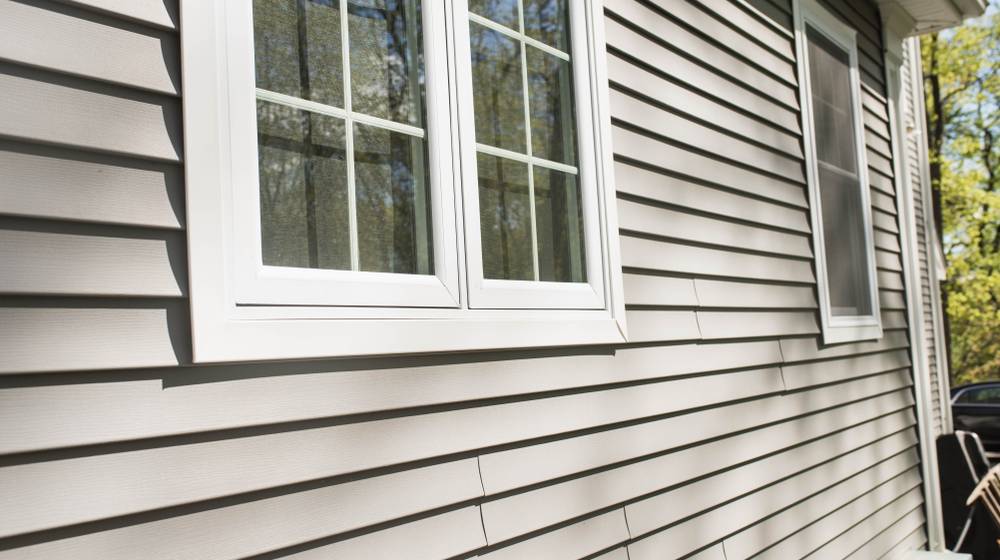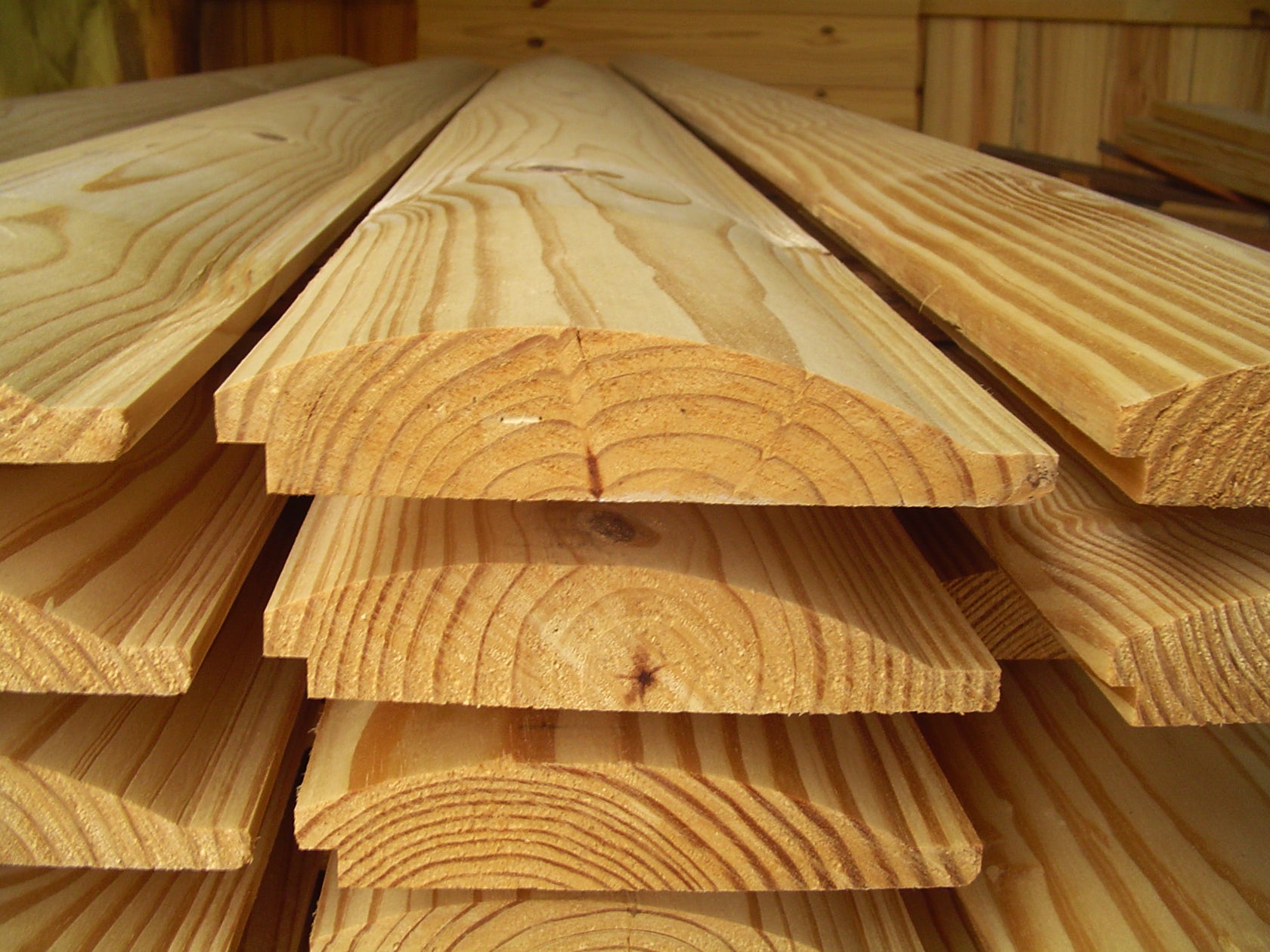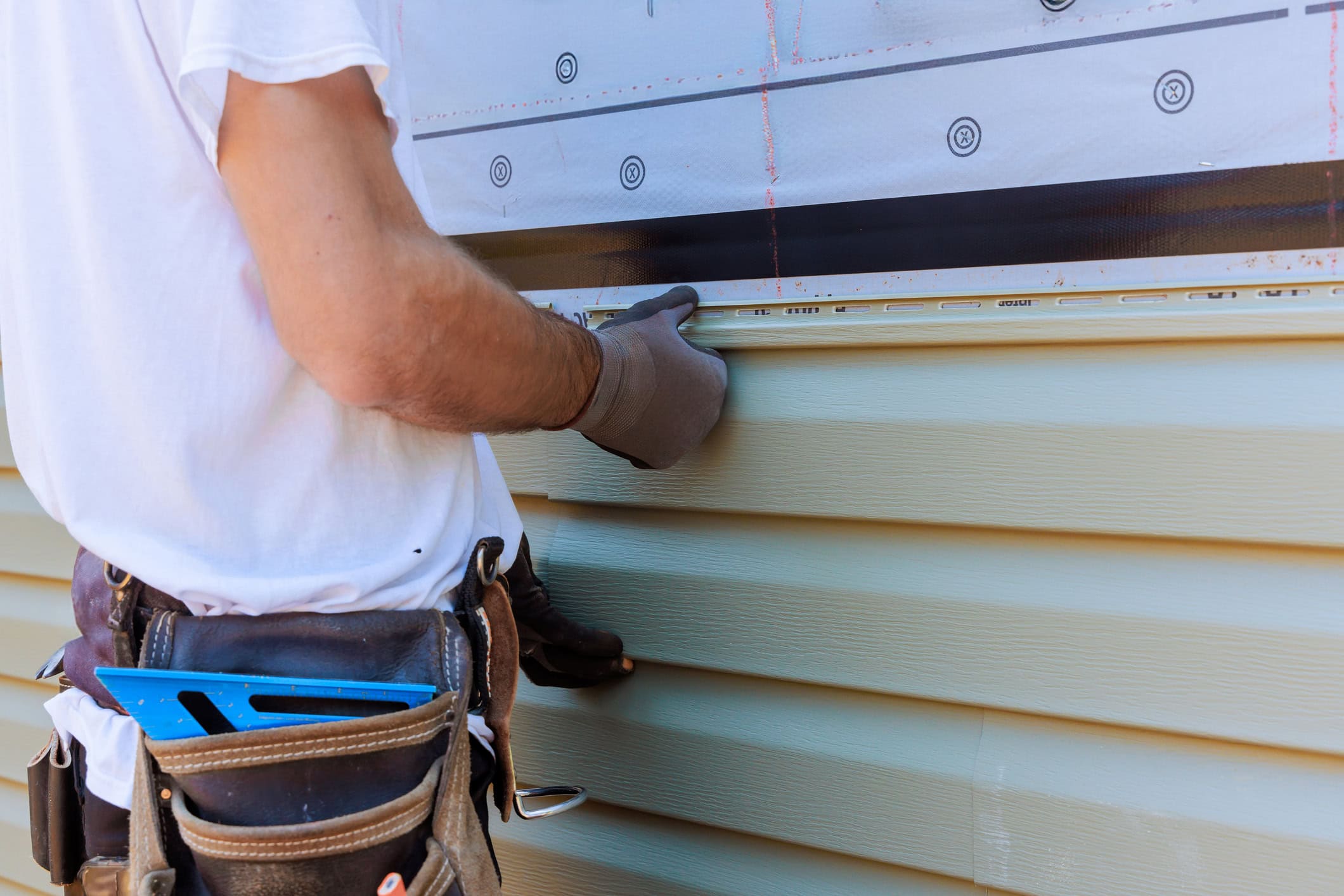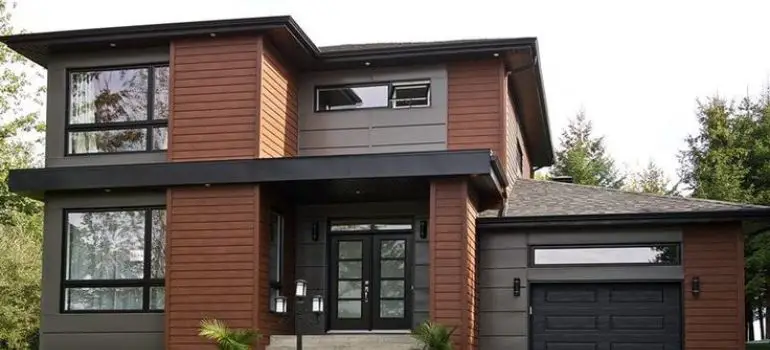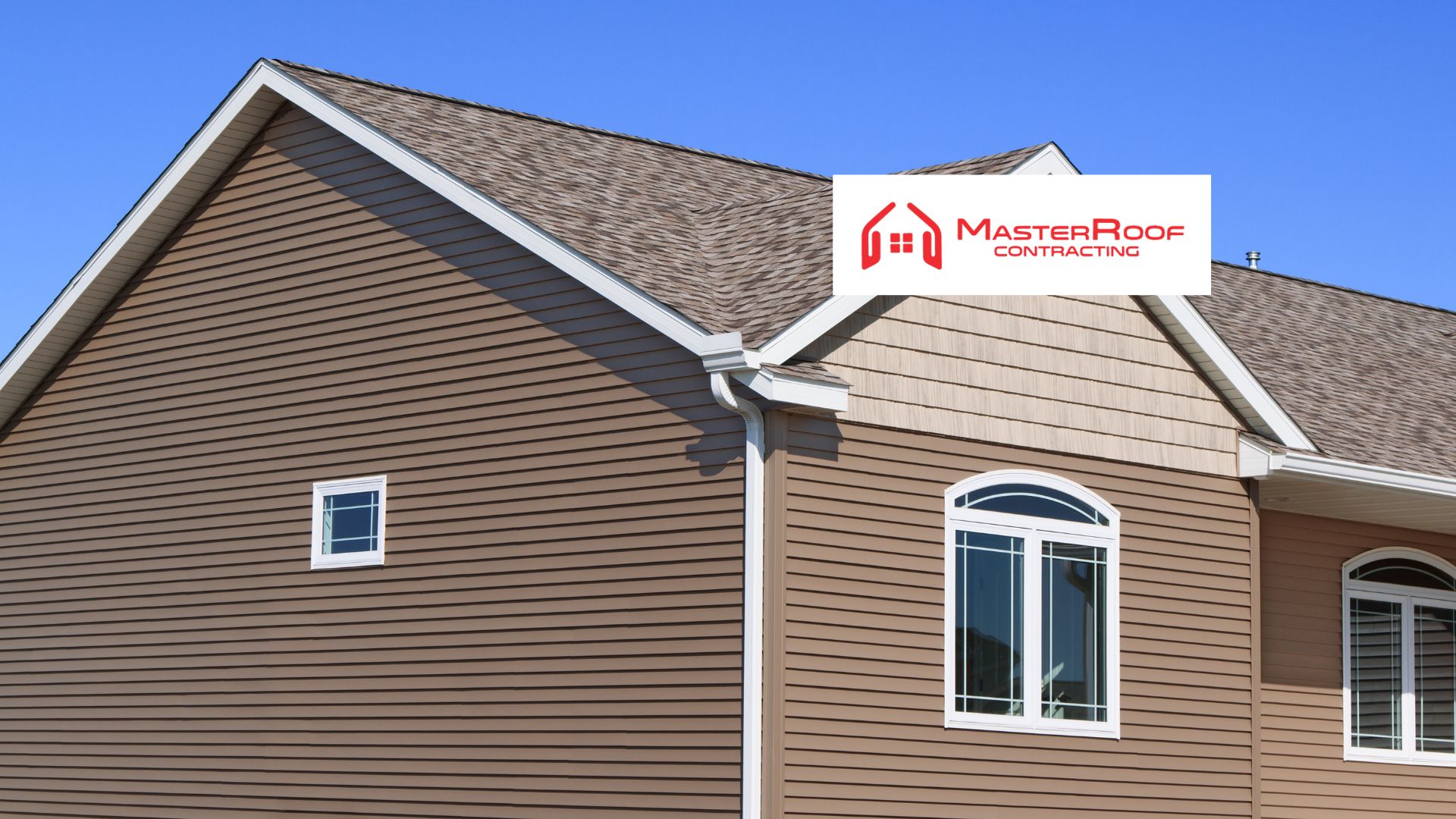Siding Installation: A Comprehensive Guide
Siding installation is more than just slapping new material on your house; it’s a significant investment impacting curb appeal, energy efficiency, and home protection. This guide delves into the intricacies of choosing the right siding, understanding the installation process, and managing the project from start to finish. We’ll explore various siding materials, from classic wood to modern composite options, examining their pros, cons, and environmental implications. Prepare to gain a thorough understanding of this crucial home improvement undertaking.
We’ll cover every stage, from initial planning and material selection to the meticulous steps of installation, ensuring a watertight and energy-efficient result. This includes detailed instructions, helpful visuals, and practical tips for tackling common challenges. By the end, you’ll be equipped to confidently manage your siding project, whether you’re a DIY enthusiast or working with a contractor.
Regulations and Permits
Siding installation, while seemingly straightforward, is subject to a variety of building codes and regulations designed to ensure structural integrity, safety, and compliance with local ordinances. Understanding and adhering to these regulations is crucial for a successful and legally sound project. Failure to do so can lead to significant problems down the line.
Before commencing any siding installation project, obtaining the necessary permits is paramount. This process involves submitting detailed plans to your local building department for review and approval. These plans typically include specifications on the type of siding, installation methods, and adherence to fire codes and energy efficiency standards. The review process ensures the project aligns with local regulations and protects both the homeowner and the community.
Permitting Processes and Requirements
The specific requirements for obtaining permits vary significantly depending on location. Factors such as the type of siding material used (e.g., vinyl, wood, fiber cement), the size of the project, and local building codes all influence the permit application process. Generally, you will need to provide detailed plans, specifications for the materials, and potentially even a site inspection before the permit is issued. Delays can occur if the application is incomplete or if the proposed installation doesn’t meet the local building codes. It’s advisable to contact your local building department early in the planning stages to understand the specific requirements and timelines involved.
Consequences of Non-Compliance
Ignoring building regulations and installing siding without the necessary permits can result in several serious consequences. These can range from hefty fines and stop-work orders to the need for complete demolition and reinstallation of the siding if it’s found to be non-compliant. Furthermore, a lack of permits can complicate homeowner’s insurance claims if damage occurs, and may even affect the property’s resale value. For instance, a house with non-compliant siding might fail a home inspection, delaying or preventing a sale. In some extreme cases, legal action could be taken against the homeowner and the contractor involved. Therefore, prioritizing compliance with local building codes and obtaining the necessary permits is a critical step in any siding installation project.
Final Summary
Ultimately, successful siding installation hinges on careful planning, meticulous execution, and a thorough understanding of the materials involved. From selecting the appropriate siding type to mastering the installation techniques and addressing potential issues proactively, this guide has provided a comprehensive framework for a successful project. Remember to prioritize safety, adhere to building codes, and maintain your siding regularly to maximize its lifespan and protect your home’s value. With the right knowledge and preparation, you can transform your home’s exterior and enjoy the benefits of a beautifully installed and durable siding system for years to come.
